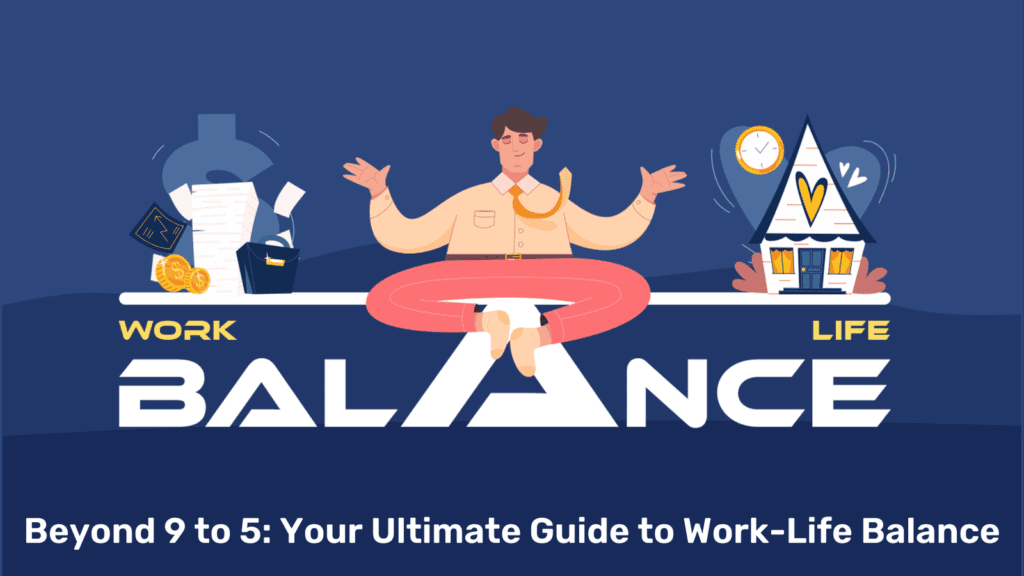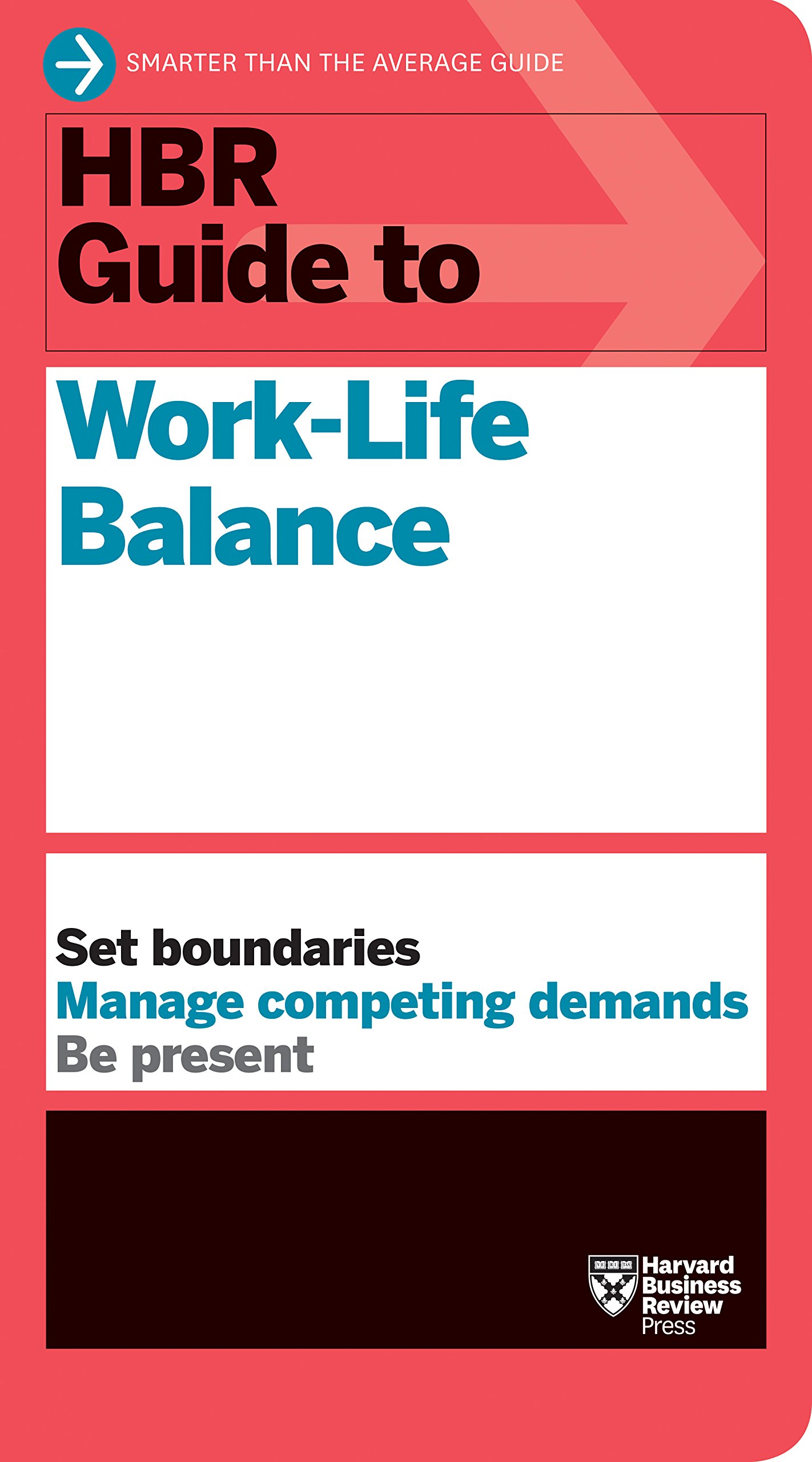Balancing work and life is crucial. It impacts well-being and happiness.
Finding the right balance can seem tough, but it’s important for a fulfilling life. In today’s fast-paced world, many struggle to juggle their professional and personal lives. Work pressures can often spill into personal time, causing stress and burnout. This guide aims to help you achieve a healthier balance between work and life.
By following practical tips and strategies, you can enjoy both work and leisure without feeling overwhelmed. Let’s explore how you can create harmony between your job and personal life, leading to better productivity and greater satisfaction.

Credit: woliba.io
Introduction To Work-life Balance
Work-life balance is a phrase we often hear. But what does it really mean? It is about creating harmony between your professional and personal life. Finding this balance is crucial for your overall well-being. Let’s dive deeper into understanding work-life balance and why it matters.
What Is Work-life Balance?
Work-life balance refers to the equilibrium between work responsibilities and personal life. It means giving equal importance to your job and your personal activities. This balance helps in reducing stress and preventing burnout.
In simple terms, it is about managing time effectively. You should not let work dominate your personal life. You also need to ensure personal issues do not hamper your work performance. A balanced life allows you to be productive and happy.
Importance Of Work-life Balance
Maintaining a good work-life balance is essential for many reasons. Here are some key points:
- Reduces stress: Balancing work and life lowers stress levels. It helps you stay calm and focused.
- Improves health: A balanced life leads to better physical and mental health. You sleep better, eat well, and exercise regularly.
- Enhances productivity: When you are not overwhelmed by work, you can perform better. You complete tasks efficiently and with higher quality.
- Boosts relationships: Spending time with family and friends strengthens your relationships. It brings joy and satisfaction.
- Increases job satisfaction: When you enjoy a balanced life, you feel more satisfied with your job. You look forward to work and take pride in your achievements.
In essence, work-life balance is not just about dividing time equally. It is about creating a fulfilling life where work and personal priorities coexist harmoniously. Strive for a balance that suits your unique needs and circumstances.
Identifying Imbalance
Identifying imbalance in your work-life routine can be the first step towards a healthier lifestyle. Recognizing the signs early can help prevent stress and burnout. Let’s explore the signs and consequences of poor work-life balance.
Signs Of Poor Work-life Balance
It’s crucial to spot the indicators of an imbalanced life. Below are common signs:
- Constant Exhaustion: Feeling tired, even after sleeping, is a red flag.
- Neglected Personal Life: Missing family events or personal hobbies.
- Increased Stress: Experiencing anxiety or stress regularly.
- Poor Health: Frequent headaches or other health issues.
Consequences Of Imbalance
An imbalance between work and life can have serious consequences. These effects can impact both personal and professional aspects:
| Area | Consequence |
|---|---|
| Health | Increased risk of heart disease, depression, and anxiety. |
| Relationships | Strained relationships with family and friends. |
| Productivity | Decreased efficiency and increased errors at work. |
| Happiness | Overall decrease in life satisfaction and happiness. |
Maintaining a balance is key to a fulfilling life. Recognize the signs and take action to address them promptly.
Setting Boundaries
Setting Boundaries is crucial for achieving a healthy work-life balance. Clear boundaries help you separate work from personal life. This can reduce stress and improve your well-being. Here’s how to set those boundaries effectively.
Creating Clear Work Hours
Establishing clear work hours ensures you don’t overwork. Define specific start and end times for your workday. Communicate these hours to your employer and colleagues.
- Start and End Times: Set a consistent time to begin and end work.
- Breaks: Schedule regular breaks to rest and recharge.
- Availability: Inform your team when you will be available.
Here’s a sample schedule:
| Time | Activity |
|---|---|
| 9:00 AM | Start Work |
| 12:00 PM | Lunch Break |
| 1:00 PM | Resume Work |
| 5:00 PM | End Work |
Sticking to this schedule helps maintain a clear divide between work and personal time.
Designating Personal Time
Personal time is just as important as work time. Allocate specific hours for activities you enjoy.
- Hobbies: Dedicate time to your favorite hobbies.
- Family: Spend quality time with family and friends.
- Self-Care: Practice self-care activities like reading or exercising.
Here’s an example of a personal time schedule:
| Day | Activity |
|---|---|
| Monday | Gym |
| Tuesday | Reading |
| Wednesday | Family Dinner |
| Thursday | Yoga |
| Friday | Movie Night |
Maintaining this balance prevents burnout and boosts overall happiness.
Prioritizing Tasks
Finding a balance between work and life can be challenging. Prioritizing tasks is an essential skill. It helps you manage your time better and reduce stress. When you prioritize, you know what to do first. This makes your day more productive and less overwhelming.
Effective Time Management
Time management is crucial for balancing work and life. Start by identifying your most important tasks. These tasks are often called “high-priority” tasks. Focus on completing them first. This helps you use your time wisely.
Set specific times for each task. Use a timer if needed. Take short breaks to stay fresh. Remember, managing your time well means you can finish work and have time for yourself.
Using To-do Lists
To-do lists are simple but powerful tools. They help you keep track of what needs to be done. Write down all your tasks for the day. Put them in order of importance. This way, you can focus on what’s most important first.
Cross off tasks as you complete them. This gives you a sense of accomplishment. It also helps you see what still needs to be done. To-do lists make it easier to stay organized and on track.
Incorporating Self-care
Incorporating self-care into your daily routine can significantly improve your work-life balance. It involves taking deliberate actions to care for your physical and mental well-being. This practice helps reduce stress and enhances overall quality of life. Let’s explore some key self-care strategies.
Physical Wellness
Physical wellness is essential for maintaining energy and focus. Regular exercise can boost your mood and reduce anxiety. Aim for at least 30 minutes of physical activity each day. You could walk, swim, or practice yoga. Consistent sleep is also vital. Try to get 7-9 hours of sleep each night. A balanced diet fuels your body. Include fruits, vegetables, and whole grains in your meals. Stay hydrated by drinking plenty of water.
Mental Health Practices
Mental health practices are crucial for managing stress and maintaining balance. Mindfulness and meditation can help you stay present. Spend a few minutes each day meditating. Deep breathing exercises can calm your mind. Journaling is another effective way to process thoughts and emotions. Write down your feelings and experiences daily. Take breaks during work to relax and recharge. This can prevent burnout and improve productivity.

Credit: mompowerment.com
Leveraging Technology
Balancing work and life can be challenging. With the right tools, technology can help. It can make you more productive and minimize distractions. Let’s explore how you can leverage technology for a better work-life balance.
Tools For Productivity
Many tools can boost your productivity. Here are a few:
- Project Management Software: Tools like Trello and Asana help track tasks. They keep you organized and ensure you meet deadlines.
- Time Tracking Apps: Apps like Toggl and Clockify monitor how you spend your time. They help you identify time-wasters and focus on important tasks.
- Note-Taking Apps: Evernote and OneNote are great for capturing ideas. They store your notes in one place, making them easy to find.
Minimizing Digital Distractions
Digital distractions are common. But, there are ways to minimize them:
- Use Website Blockers: Extensions like StayFocusd block distracting websites. They help you stay on task.
- Turn Off Notifications: Disable non-essential notifications on your phone and computer. This reduces interruptions.
- Create a Digital Schedule: Allocate specific times for checking emails and social media. Stick to this schedule to avoid unnecessary distractions.
In conclusion, technology can be a powerful ally. Use it to enhance productivity and reduce distractions. Achieving work-life balance becomes easier.
Balancing Family And Social Life
Balancing family and social life is crucial for a healthy work-life balance. It ensures you spend quality time with loved ones. It also helps maintain social connections. Both are important for a fulfilling life. In this section, we will explore how to achieve this balance.
Quality Time With Loved Ones
Spending quality time with family is essential. It strengthens relationships and creates happy memories. Here are some tips:
- Have dinner together every night.
- Plan weekend activities.
- Take family vacations.
- Engage in hobbies together.
Prioritize these activities. They help build a strong family bond. Make time for them despite your busy schedule.
Maintaining Social Connections
Maintaining social connections is equally important. It reduces stress and provides support. Here are ways to stay connected:
- Schedule regular meetups with friends.
- Join social clubs or groups.
- Attend community events.
- Use social media to stay in touch.
These actions help nurture friendships. They also introduce you to new people. This broadens your social network. Ensuring you have a strong support system.

Credit: www.act.com
Continuous Improvement
Achieving work-life balance is not a one-time task. It requires ongoing effort and adjustment. Continuous improvement helps ensure you maintain a healthy balance. Regularly assessing and adjusting your strategies can lead to long-term success.
Regularly Assessing Balance
Take time each week to reflect on your work-life balance. Consider your stress levels and overall happiness. Are you spending enough time with family and friends? Are work tasks taking up too much of your day? Honest reflection is key.
Keep a journal to track your thoughts and feelings. This can help you see patterns over time. Small adjustments can make a big difference. Regular assessment ensures you stay on track.
Adjusting Strategies As Needed
Be ready to change your approach if something is not working. Life is always changing, and your balance will need to adapt. If you find work is taking over, set stricter boundaries. Turn off notifications after work hours. Allocate specific times for relaxation and hobbies.
Discuss your needs with your employer if necessary. Many workplaces are open to flexible schedules. Adjusting your strategies helps you stay balanced and healthy. It shows you are proactive about your well-being.
Frequently Asked Questions
What Is Work-life Balance?
Work-life balance means having time for both work and personal life. It helps you stay healthy and happy.
Why Is Work-life Balance Important?
It reduces stress and prevents burnout. You feel more satisfied and productive in both areas.
How Can I Achieve Work-life Balance?
Set clear boundaries. Prioritize tasks. Take breaks. Spend time with family and friends.
What Are The Benefits Of Work-life Balance?
You enjoy better mental health, improved relationships, and increased productivity. You also feel more fulfilled.
Can Work-life Balance Change Over Time?
Yes, it can. Your needs and priorities change, so adjust your balance accordingly. Be flexible.
How Does Technology Impact Work-life Balance?
Technology can blur boundaries. Set limits on work emails and calls. Use tech to enhance, not disrupt, your balance.
Conclusion
Balancing work and life may seem tough, but it’s achievable. Prioritize tasks. Set boundaries. Take breaks. Enjoy hobbies and family time. Remember, your well-being matters. Small changes can make a big difference. Keep practicing these tips. You’ll find a rhythm that works.
Stay patient. Celebrate your progress. A balanced life brings happiness and success.


